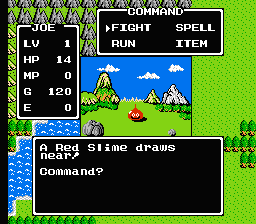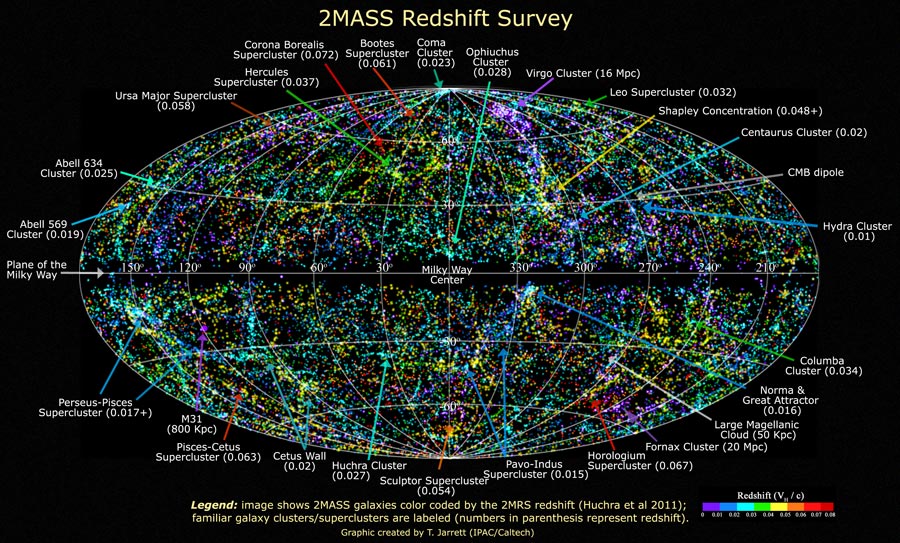RankoSD said:Supernova in the Whirlpool Galaxy
That supernova is in another galaxy and look how bright it is 0_0
Imagine how bright will Betelgeuse Supernova be, only 600 ly away.
I would really like to see that in my lifetime...
There's a chance, so incomprehensibly small that it's almost impossible, that it has already exploded or will explode within the next few 100 years into a type-II supernova. If so, we may see it - otherwise our descendants will observe it in all its glory when it does happen.
That supernova in the whirlpool galaxy however; mind-blowing. The single event increased the relative intensity of the entire galaxy from our viewpoint; one of the best ways that we can find and locate such distant supernovae.









